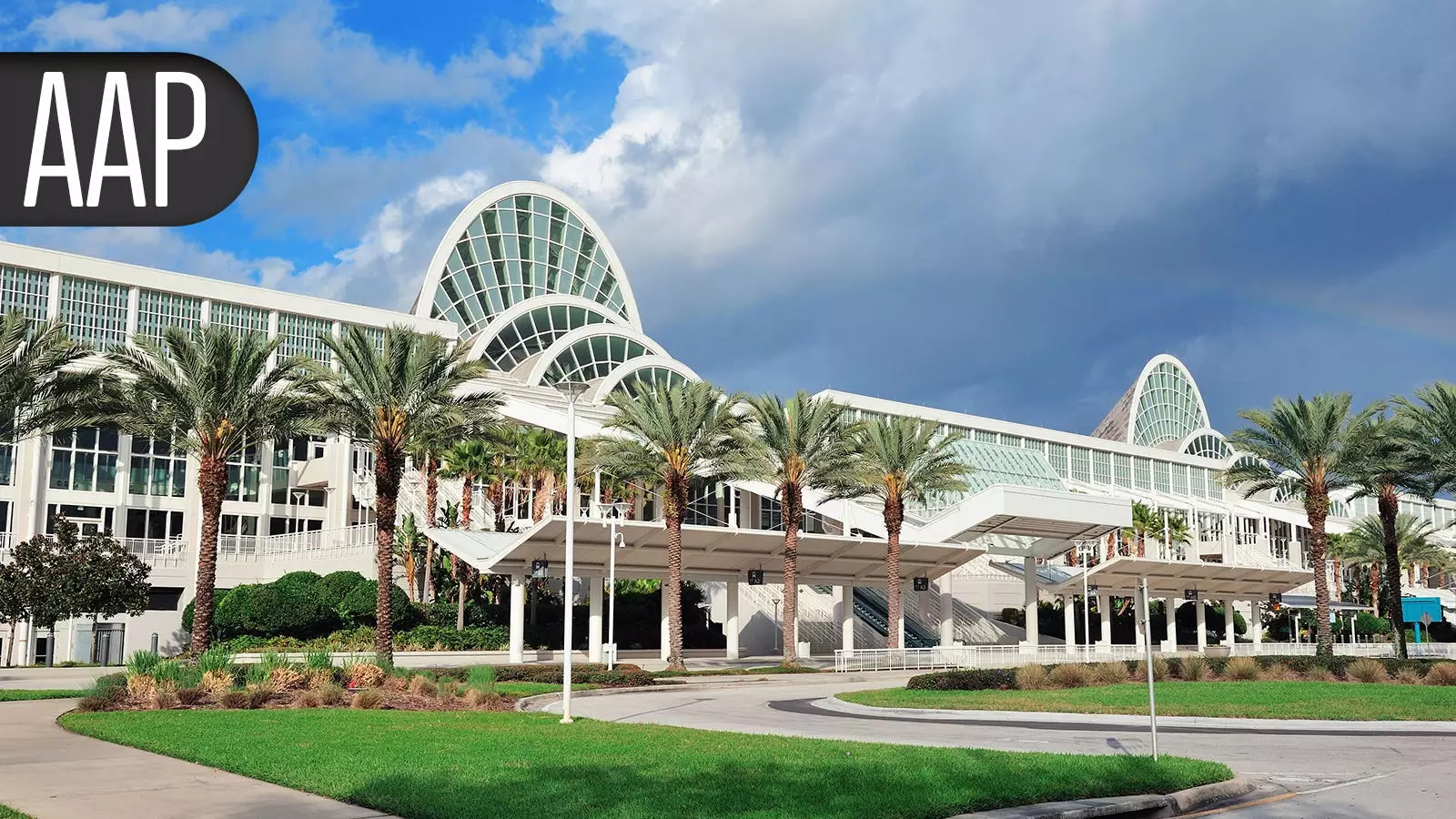In the ongoing discourse surrounding gun control in the United States, mass shootings have emerged as one of the most distressing aspects, especially when children are involved. With an increasing number of pediatric casualties linked to gun violence, the urgency for effective legislative measures has taken center stage. In recent research presented at the American Academy of Pediatrics (AAP) annual meeting, findings highlight the significance of large-capacity magazine bans in mitigating pediatric deaths during mass shootings. This analysis sheds light not only on the effectiveness of specific gun laws but also the overall legislative landscape governing firearm accessibility in the U.S.
Research Findings Overview
The study led by Pamela Emengo, MD, of Stanford University, scrutinizes 178 pediatric mass shooting incidents from 2009 to 2020, unveiling a stark correlation between the prohibition of large-capacity magazines and a substantial reduction in deaths among children. The odds ratio calculated, which sits at an impressive 0.09 (95% CI 0.02-0.47, PThe Efficacy of Legislation
The study highlights that despite the positive outcomes associated with large-capacity magazine bans—which reportedly reduced pediatric deaths by approximately 91%—the implementation of such laws remains alarmingly low across the nation. As it stands, only a mere eight states had these bans in place when the study was conducted, a figure that has only slightly increased to fourteen by 2024. This discrepancy between efficacy and legislative action raises a critical question: why are more states not adopting these potentially life-saving measures?
Despite various laws focusing on restrictions concerning firearm access around children, the research found them insufficient in preventing fatal outcomes or reducing the occurrences of mass shootings. This finding underscores a significant hurdle in the gun law reform dialogue—while the intention behind many legislative proposals may be sound, their actual impacts on safety and prevention remain questionable.
Researchers like Stephanie Chao, MD, co-author of the study, express hope that findings such as these will serve to inform lawmakers. The core objective is to utilize data-driven insights to shape effective public policies. Emengo’s research underlines that not all gun laws are created equal; some do not show conclusive benefits in terms of lifespan or safety, making it imperative to distinguish between them based on empirical evidence.
As legislators grapple with the complexities surrounding gun control—balancing rights against the need for safety—such studies provide meaningful guidance. The data revealing the effectiveness of large-capacity magazine bans could bolster advocacy efforts aimed at broader adoption of similar measures.
Despite the promising data, advocates for gun reform face substantial opposition. A polarized political landscape and strong lobbying from pro-gun organizations complicate the path toward legislative action. The study serves not only as a critical evaluation of existing laws but also as a profound reminder of the necessity for ongoing dialogue—one that prioritizes the protection of our vulnerable populations, particularly children.
Furthermore, it’s crucial to recognize that the research is not exhaustive; its conclusions pertain specifically to pediatric mass shootings and may not directly translate to other firearm-related incidents. This scrutiny underscores the importance of continual research to build a robust legislative framework informed by data, rather than reactive sentiments stemming from tragedy.
The analysis of large-capacity magazine bans and their relationship to pediatric deaths in mass shootings offers a decisive insight into potential legislative action that could save lives. While the evidence illustrates a clear need for reform, the slow uptake among states signifies an urgent call to arms for advocates, researchers, and the public alike—to rally for more effective policies. Only through concerted efforts can we hope to mitigate the tragic impact of gun violence on our nation’s youth.


Leave a Reply